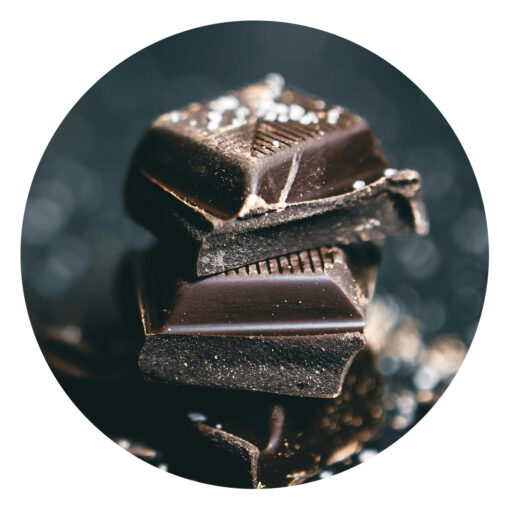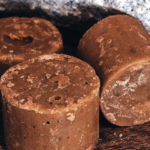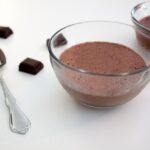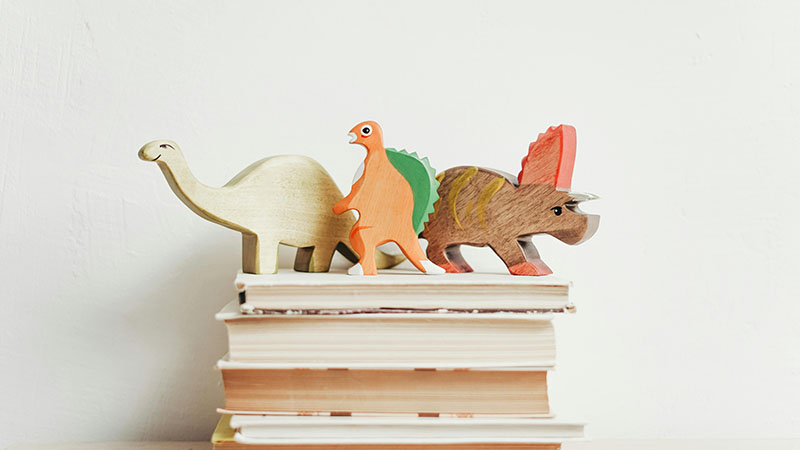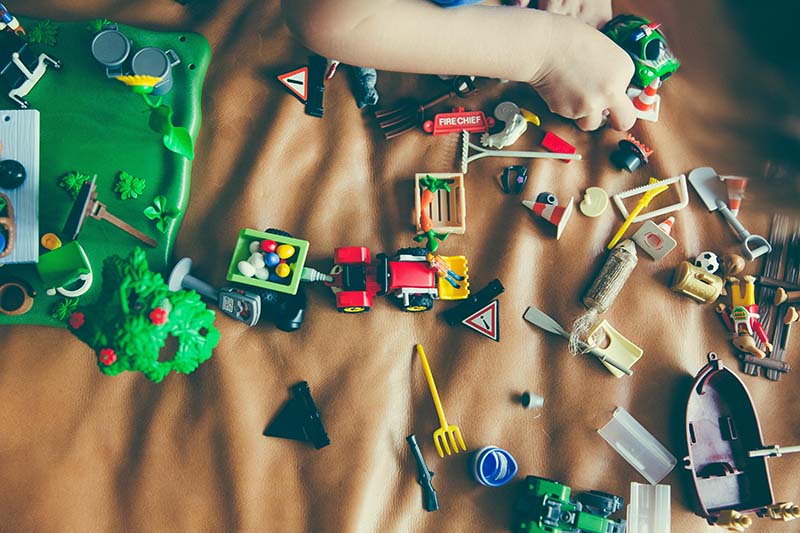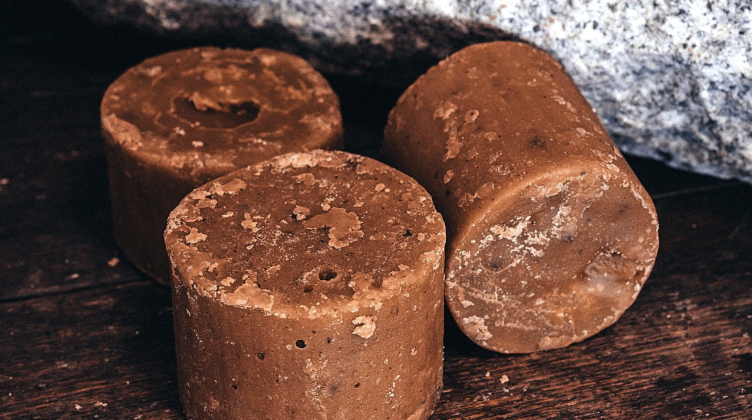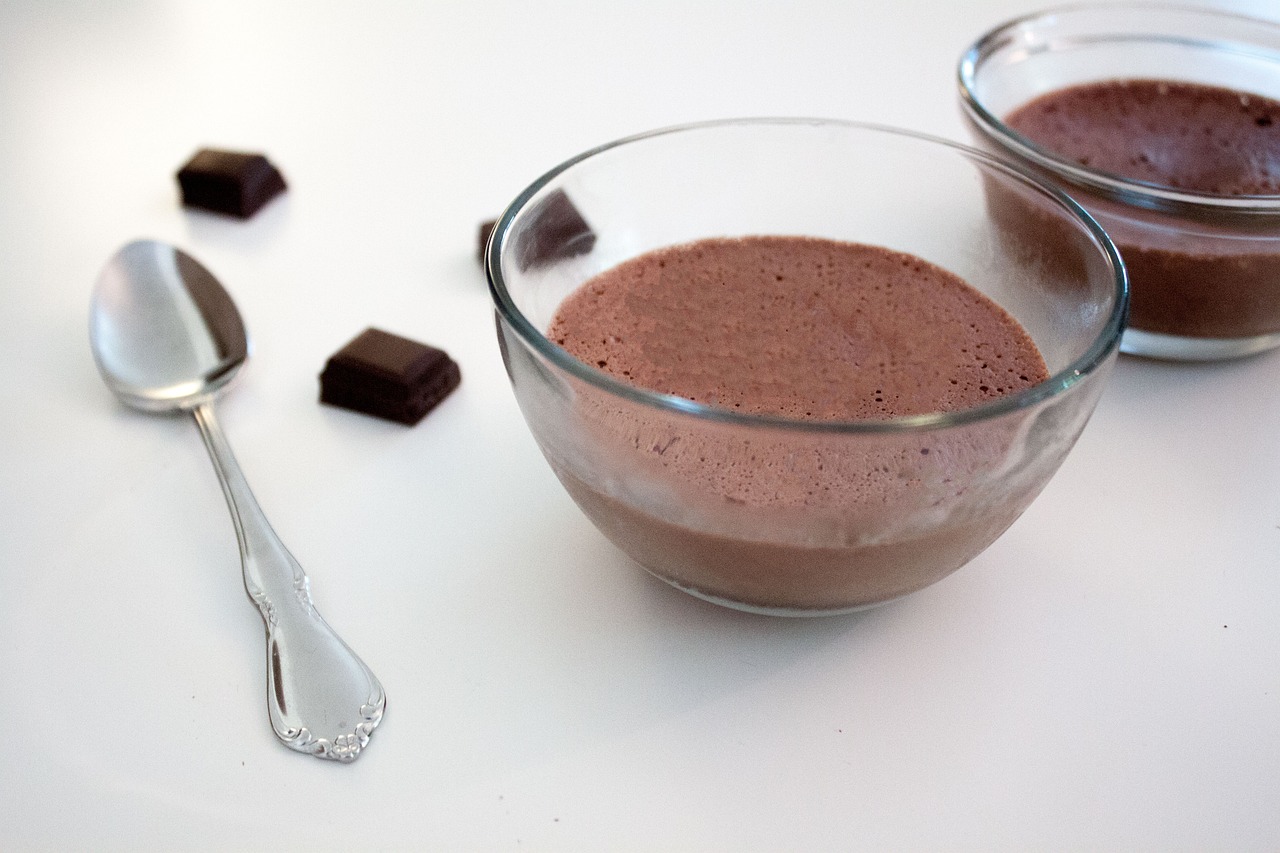When you think of chocolate, you might imagine rich, velvety bars that melt in your mouth. But not all chocolate is created equal. Raw chocolate — often called the “purest form” of chocolate — is made without roasting the cacao beans or exposing them to high heat. The result? A nutrient-rich treat packed with antioxidants, magnesium, and natural goodness. Let’s take a look at how raw chocolate is made, step by step, from bean to bar.
1. Harvesting Cacao Pods
It all begins with the cacao tree (Theobroma cacao), which produces colourful pods containing cacao beans surrounded by sweet, white pulp. Farmers carefully harvest the pods by hand, splitting them open to extract the beans. you can read this article by BBC’s Science Focus to find out more.
2. Fermentation
After harvesting, the beans are left to ferment for several days. This fermentation reduces bitterness and begins to develop the chocolate flavour we know and love. For raw chocolate, this process is done gently — sometimes for a shorter time or at lower temperatures — to preserve more of the beans’ natural enzymes.
3. Drying in the Sun
Once fermentation is complete, the beans are spread out under the sun to dry. This crucial step removes moisture and prevents mould, all while keeping the temperature low. Unlike conventional chocolate production, raw chocolate never involves roasting, which would expose the beans to high heat.
4. Cracking and Winnowing
When the beans are completely dry, they’re cracked open to remove the outer shells. What remains are cacao nibs — small, crunchy pieces of pure cacao that are the heart of all chocolate.
This is important because cacao nibs are packed with natural cocoa solids and cacao butter, which provide the flavor and texture of chocolate. The shell, on the other hand, is bitter and not suitable for eating, so it must be discarded. The process ensures that only the purest part of the bean, the nib, is left behind to be further processed into chocolate.
5. Grinding into Cacao Mass
The nibs are then ground into a smooth, thick paste known as cacao liquor or cacao mass. During this process, the natural fat (cacao butter) begins to separate, creating a rich, creamy texture. This step is similar in raw and traditional chocolate, although raw chocolate avoids high-heat processing.
6. Mixing and Sweetening
To create that perfect chocolate flavour, the cacao mass is mixed with raw cacao butter and natural sweeteners like coconut sugar, agave syrup or dates. Because the ingredients aren’t heated beyond about 42–48 degrees in many raw chocolate processes, the natural antioxidants and minerals remain more intact.
7. Moulding and Setting
Finally, the silky chocolate mixture is poured into moulds, cooled and allowed to harden. Once set, the bars are wrapped and ready to enjoy — full of deep, earthy flavour and wholesome nutrition.
Why Choose Raw Chocolate?
Raw chocolate offers a more natural, less processed way to enjoy your favourite treat. It retains more nutrients, delivers a pure cacao taste. It also frequently supports sustainable, ethical cacao farming with many producers emphasising minimal processing and transparent sourcing.

